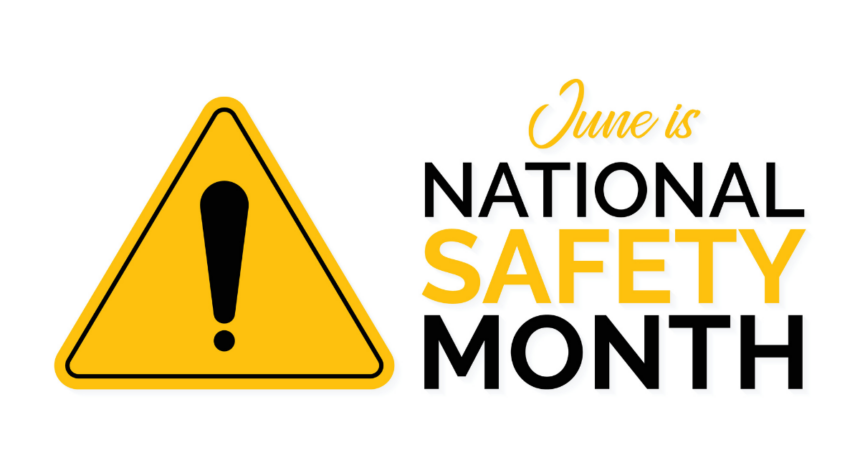June is National Safety Month, join MedSafe in bringing awareness to the importance of ensuring healthcare safety in the workplace!
Healthcare is the fastest-growing sector in the US, employing over 18 million individuals. However, it is also one of the most hazardous environments to work in. Healthcare workers are exposed to a wide range of hazards while on the job, including sharps injuries, exposure to harmful chemicals and drugs, violence, stress, back injuries from lifting, transferring and repositioning patients, and other risks. According to The Occupational Safety and Health Administration (OSHA), the top causes of injury among hospital workers are:
- Overexertion or bodily reaction 48%
- Slips, trips, or falls 25%
- Contact with objects 13%
- Violence 9%
- Exposure to substances 4%
- Other causes 1%
Top Most Common Injuries:
- Sprains and strains 54%
- Other injuries 14%
- Bruises 11%
- Soreness and pain 10%
- Fractures 5%
- Multiple trauma 3%
- Cuts and punctures 3%
Workplace injuries and illnesses can take a toll on workers and their families, and also lead to thousands of dollars in lost wages, staffing costs, and workers’ compensation claims. Although it is not possible to prevent the exposure to all hazards, there proactive strategies that can be taken to reduce injury while saving money and improving patient care.
A Safety and Health Management System
OSHA suggests implementing a safety and health management system. A Safety and Health Management system is a proactive and collaborative approach to finding and fixing to find workplace hazards before employees are injured or become ill. These six core elements are necessary for any successful system:
· Management leadership
· Employee participation
· Hazard identification and assessment
· Hazard prevention and control
· Education and training
· Program evaluation and improvement
Safe Patient Handling
Hospitals can be proactive in reducing healthcare worker injuries with a comprehensive program to encourage safe lifting, repositioning, and transfer of patients.
According to OSHA, safe handling programs should include:
· Equipment, which can range from ceiling-mounted lifts to simple slide sheets that facilitate lateral transfer
· Minimal-lift policies and patient assessment tools
· Training for all caregivers or dedicated lifting teams on the proper use of the equipment
A Safety Health Management System and Safe Patient Handling programs, policies, and equipment can help hospitals effectively reduce workplace injuries. For more information or resources on safety practices in the workplace visit: OSHA or for a free consultation contact the experts at MedSafe. MedSafe is the nation’s leading one-stop resource for outsourced safety and health compliance solutions in healthcare.
Toll-free: (888) MED-SAFE
References:

Leave a Reply
You must be logged in to post a comment.